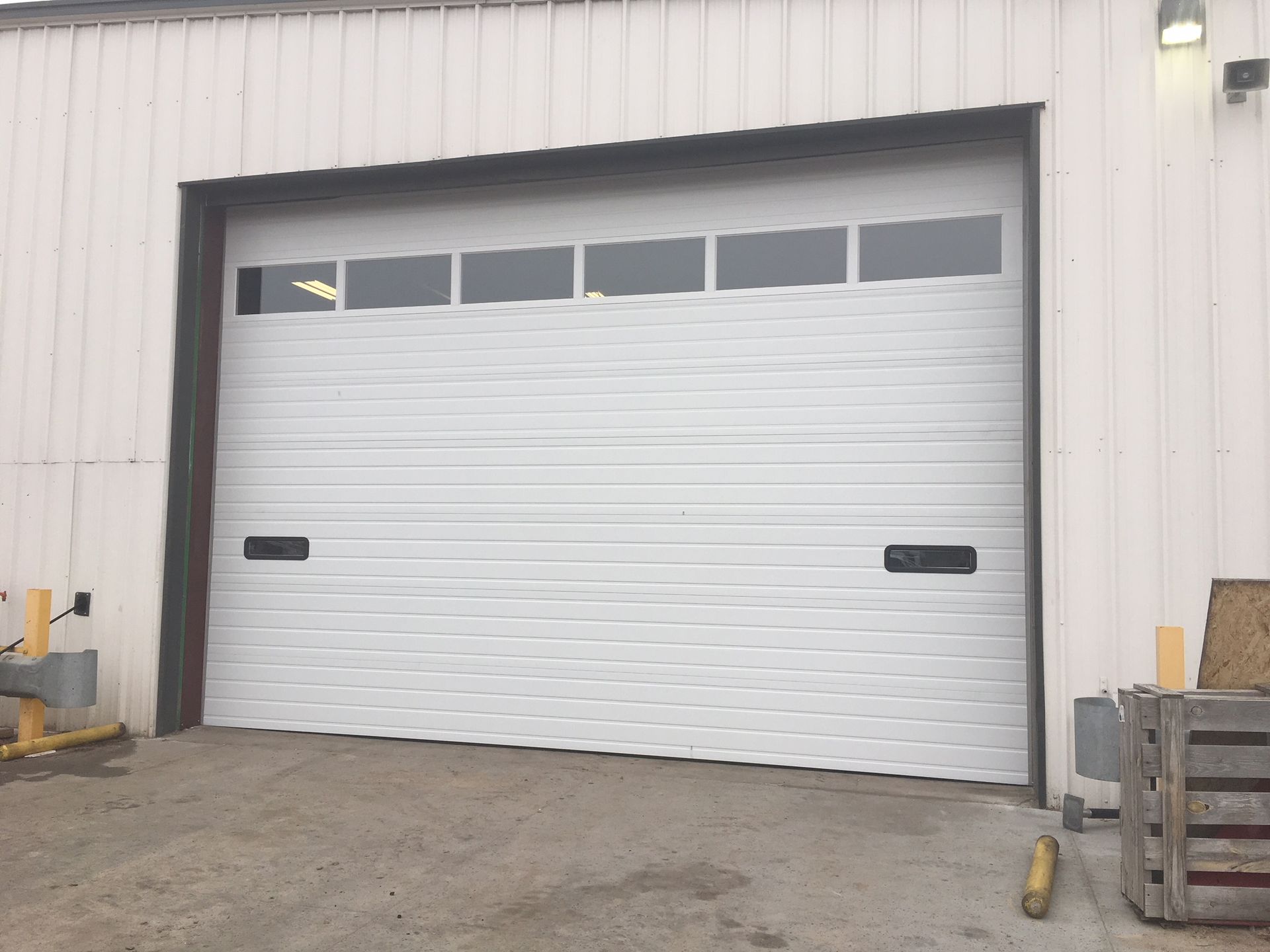Your overhead door does more than just provide entry and exit; it protects your home, keeps energy costs down, and adds value. But like any complex equipment, it needs care. Ignoring subtle issues can lead to expensive fixes—or worse, a door that fails completely. Let’s explore the top 5 signs your overhead door might need repair and why addressing issues promptly is key.
1. Unusual Noises During Operation
Does your overhead door groan, rattle, or screech? These sounds are not just annoying—they’re a warning sign. Unusual noises can indicate issues with the door’s torsion springs, rails, or opener system. Left unchecked, these small problems can escalate into major malfunctions.
2. Slow Response Time
If your overhead door takes its sweet time open or close, it might be due to worn-out components or problems with the system. A door that delays could pose a safety risk, especially if it malfunctions while in use. Timely intervention can restore its smooth operation.
Sagging: A Structural Concern
Have you noticed misaligned or drooping areas in your overhead door? This is often a sign of compromised stability or tension issues. Beyond being unsightly, sagging can compromise your door’s security and efficiency.
Energy Inefficiency: A Hidden Cost
A poorly sealed or insulated overhead door can let air escape, making your HVAC system struggle to maintain temperatures. If you’ve noticed your energy bills creeping up, your garage door could be the culprit. Repairing or upgrading your door can help lower costs in the long run.
Signs of Wear and Tear
Dents, splits, or rust are clear indicators that your overhead door has been through a lot. While some damage might appear minor, it can lead to bigger issues and make it more susceptible to malfunctions. Addressing these issues without delay is critical for safety and functionality.
